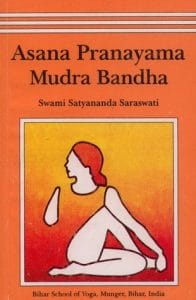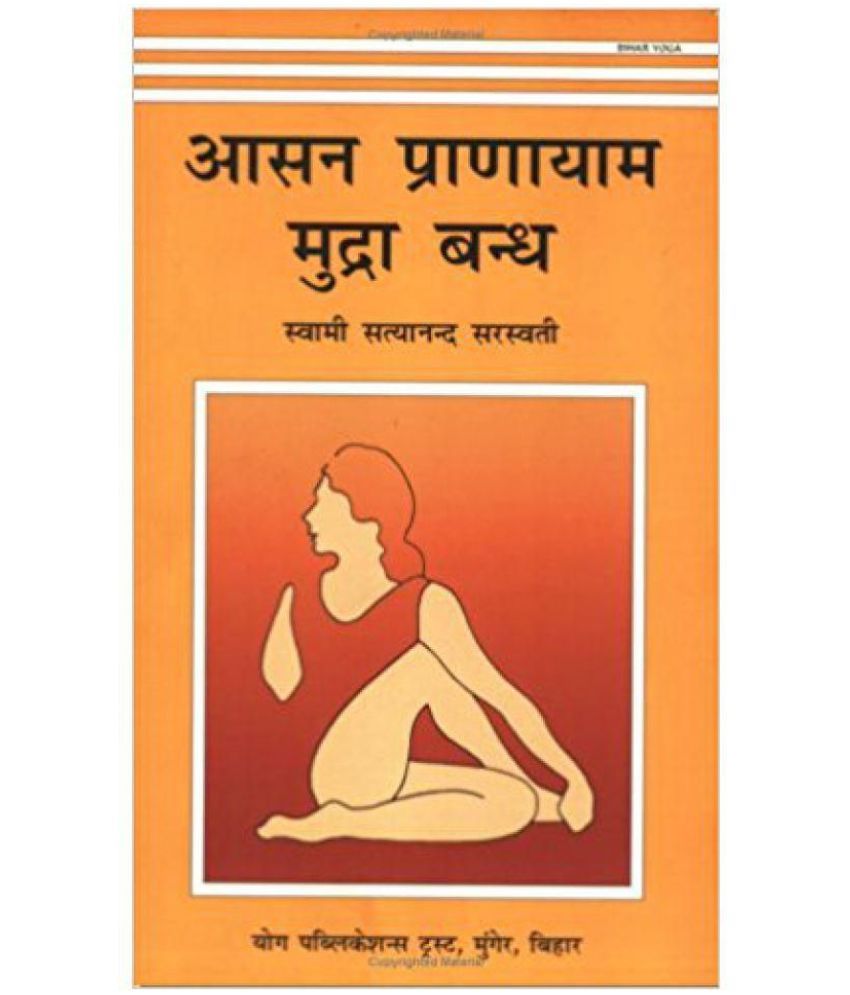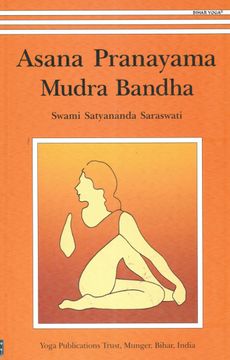

Utilizing mudra and bandha further activates the energy of the body, concentrates it, and channels it into the main energy channel, the sushumna, that runs from the base of the spine to the top of the head and intersects all seven chakras. The third chapter explores the subtle energy systems and the practice of mudras and bandhas. These purifying techniques as well as the pranayama help to purify the energy channels of the body and allow the prana to move more efficiently through these nadis. In the second chapter, Swatamarama tells us that if there is excessive mucus in the body, this will need to be removed using the six purification techniques of shatkarma. The goal of these breathing exercises is to control the prana and the subtle energies of the body, which in turn can be used to control the mind.

Swatamarama tells us that once a practice of Asana has been established then pranayama can be begun. It is here where we first learn to control and discipline the body. Asana creates firmness of the body and mind and disease-lessness and flexibility of the body. The bulk of this text details the techniques of the main practices of Hatha Yoga: Asana (postures), Pranayama ( breathing exercises), Shatkarma (internal cleansings), mudra (energy seal), and Bandha (energy locks).Īfter some basic preliminary requirements in the first chapter, Swatamarama makes clear the first stage of Hatha Yoga is asana, the physical postures that we are most familiar in the West. In verse 1:41 he tells us that when the flow of prana is stabilized through the practices of Hatha Yoga, the breath stops spontaneously and a mindless state naturally arises.Įxplore the Practices of Hatha Yoga ➞ The main practices in the Hatha Yoga Pradipika Through the mastery of the prana, or energy of the body, we can then easily master the control of the mind and obtain success with Raja Yoga. He tells us that obtaining self-control and self-discipline is much easier when we start with the physical and energetic body, versus trying to directly control the mind as in Raja Yoga. Swatamarama begins by explaining the relationship between Hatha Yoga and Raja yoga, informing us that Hatha is a preliminary practice for Raja Yoga. The main goal of this text is to illuminate the physical disciplines and practices of Hatha Yoga and integrate these with the higher spiritual goals of Raja Yoga ( meditation). The first version translated into English was in 1915 by Pancham Sinh. This book was composed in 15th century CE by Swami Swatamarama and is derived from older Sanskrit texts, the teachings from well-known teachers, and from Swatamarama’s own yogic experiences.

Subsequent commentaries and translations began to refer to it as the Hatha Yoga Pradipika, and this is the name it is commonly known as. Pradipika translates as “light” or “to illuminate,” so the title is usually translated to “The Light on Hatha Yoga.” The Sanskrit prefix “Ha” translates as “sun”, “Tha” as “moon,” and “yoga” means “union” so the title could also be translated as “The Light on Uniting the Energies of the Sun and the Moon.” The original name of the text is Hatha Pradipika. The other foundational texts are the Gheranda Samhita and Shiva Samhita, which both predate the HYP. The Hatha Yoga Pradipika (HYP) is one of the three primary ancient texts on hatha yoga. Many of these teachings and practices are now esoteric and strange, but they are still considered to be powerful techniques that need to be explored if one wishes to find enlightenment through hatha yoga. As a foundational scripture for yoga, it is important to understand the text’s historical context and how it’s content has informed and influence the modern practice and understanding of yoga.

As with all ancient spiritual texts, the writing is terse and often mystical, mysterious, and a bit cryptic. The oldest and most widely used ancient text on the physical practices of Hatha Yoga is the Hatha Yoga Pradipika. What has commonly considered Yoga in the West is in actuality just one of the many paths of Yoga, and is technically called Hatha Yoga.


 0 kommentar(er)
0 kommentar(er)
